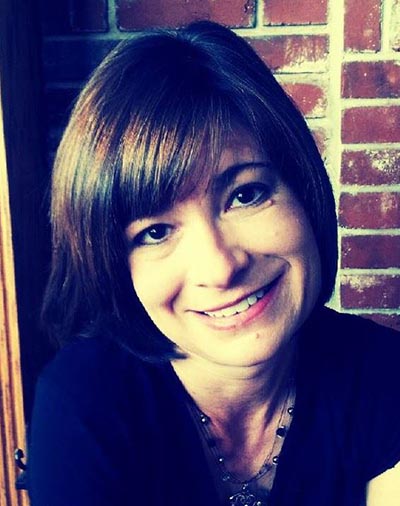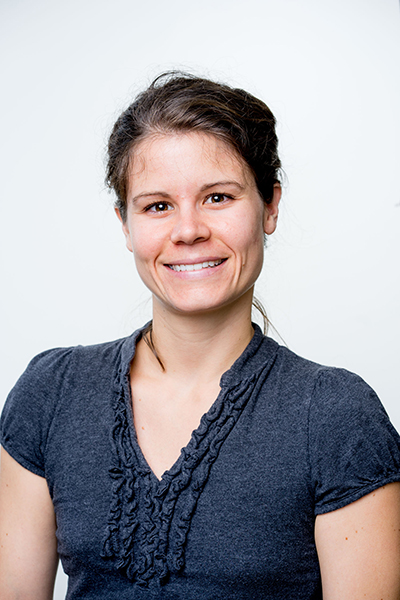Vocational Rehabilitation and Autism - what do we know?
by Anne Roux and Jessica Rast
Posted on
March 2, 2016
For many of us, adulthood is inextricably tied to working.
For most American adults, our work has strong ties to the rest of our life– our finances, our health insurance and benefits, our ability to take a vacation, our socialization with co-workers, the meaningfulness of how we spend our time. The opportunities and choices we make along our career paths influence our quality of life and shape our future. In all these ways employment matters. A lot.
Four out of every 10 youth with autism will never transition into a job in the first years after high school. They will miss irreplaceable opportunities to explore employment interests and to gain skills needed to build a career, and will likely continue to experience vocational challenges into adulthood.
Many people with autism are capable of employment and have valuable contributions to make in the workforce and in their communities. The vulnerabilities that young adults with autism face, however, as they struggle with the transition to adulthood, can make it difficult to find and maintain a job.
Vocational services are essential for people with autism who not only experience difficulty successfully transitioning into employment but also experience a dramatic decline in supports and services after high school and into adulthood. Yet, vocational services often seem least available when they are most needed. Only 37% of young adults with autism received vocational services or job training during the early adult years (National Autism Indicators Report 2015: Transition into Young Adulthood).
Vocational Rehabilitation (VR) is the largest public provider of employment services in the United States for people with intellectual and developmental disabilities. The publicly funded VR system is administered by each state using a combination of federal and state funds. An extensive network of VR offices and community rehabilitation providers address a diverse array of employment support needs.
So, if VR services are available in most every community, then why are transition-age youth and young adults having so much difficulty accessing vocational help and successfully transitioning into employment? We don’t know.
We do know that the number of adults with autism who are turning to VR for help has been steadily increasing as the growing population of youth diagnosed with autism ages into adulthood. Nearly 18,000 applicants with autism exited VR in 2014 – a number that has nearly doubled over the previous five years.

VR services are designed to provide a bridge between the school and work worlds as students enter adulthood, and continue to provide supports as needed across the working years. Yet, we know little about the experiences that transition-age youth and young adults with autism have with VR services. We know even less about the effectiveness of VR in connecting people to meaningful, satisfactory jobs that contribute to an increased quality of life.
Our groundbreaking 2016 National Autism Indicators Report: Vocational Rehabilitation and Autism will be released in April. The report will describe the people with autism who receive help from VR, how many receive help, what that help looks like, and job types and earnings for people with autism. We will delve into state-level differences in services and outcomes, as well as differences between those with autism versus other disabilities. Stay tuned.
The 2016 National Autism Indicators Report will help us understand how growing up and getting a job is working out for people with autism who turn to VR for help with that goal.
 Anne Roux, MPH, MA is a nationally renowned autism researcher, author and family advocate. She leads the production of our National Autism Indicators Report series and other publications.
Anne Roux, MPH, MA is a nationally renowned autism researcher, author and family advocate. She leads the production of our National Autism Indicators Report series and other publications.
 Jessica Rast received her MPH from Drexel in 2014 and has been working since then on the Life Course Outcomes team. She is a researcher, data analyst, and an idealist.
Jessica Rast received her MPH from Drexel in 2014 and has been working since then on the Life Course Outcomes team. She is a researcher, data analyst, and an idealist.